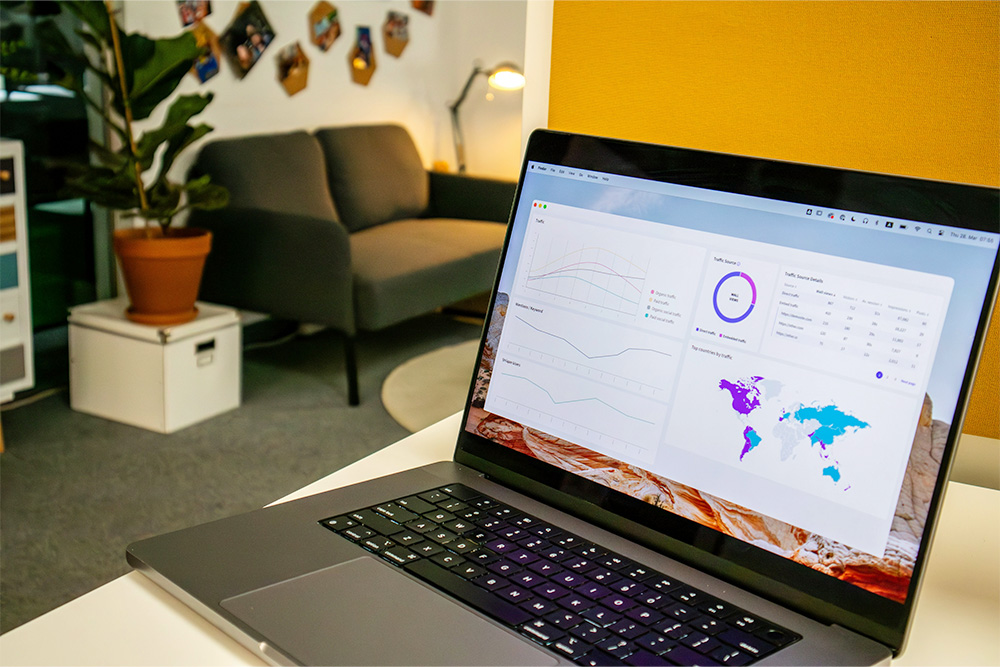In the digital age, brand marketing no longer relies solely on intuition or experience—data analytics has become a key weapon in gaining a competitive edge. From consumer behavior to industry shifts, only through scientific data insights can brands enhance their visibility and impact in a fiercely competitive marketplace.
▲ Why Has Data Analytics Become the Core of Brand Marketing?
With the growing integration of online and offline channels, brands are flooded with an exponential volume of information. The first step in modern marketing is distilling valuable insights from this complexity. Data analytics not only helps brands understand user profiles and behavioral paths but also evaluates the real effectiveness of various marketing campaigns, enabling more targeted strategy development.
▲ Keys to Effective Data Collection and Precise Analysis
Accurate data analysis begins with scientific data collection. Businesses should integrate both first-party data (such as CRM systems and website analytics) and third-party data (like industry reports and social media feedback) to build a comprehensive picture. By establishing a unified data framework and leveraging BI tools or AI algorithms, brands can more quickly detect problems and uncover opportunities.
At the same time, data cleaning and categorization are equally crucial. Ineffective or redundant information can lead to false conclusions. Building a standardized data processing pipeline ensures the quality and reliability of insights.
▲ Data-Driven Decision-Making: Enabling Agile Brand Strategy
Traditional marketing strategies often have long cycles and are difficult to adjust. In contrast, data-driven marketing emphasizes real-time response and dynamic optimization. When data shows a decline in conversion rates from a specific channel, the brand can quickly reallocate budget; when consumer behavior shifts, the brand can promptly adjust content strategies or product positioning. This transition from subjective to objective, from reactive to proactive, is the greatest advantage of data analytics.
▲ Trend Forecasting: Seeing the Future Through Data
With trend modeling and predictive algorithms, brands can use historical data and behavioral patterns to scientifically forecast the market. For example, analyzing the rise in keyword popularity on social media can help predict trending product categories for the next quarter; studying user preference data can reveal demand for new product types. This “one step ahead” strategy empowers brands to lead in product development, inventory planning, and campaign timing.
▲ Case Study: Turning Data into Real Marketing Impact
A global beauty brand expanding in the Asian market used social media data analysis to identify a rising interest among Gen Z consumers in “clean beauty.” The brand swiftly adjusted its product messaging and optimized its advertising language and visual presentation. In just two months, online sales grew by 25%. This case demonstrates how deep data insights can be rapidly translated into actionable business results.
▲ Conclusion
Data is not just cold numbers—it is the key to brand growth. In today’s rapidly changing market, only brands that skillfully harness data analytics can respond with greater efficiency and precision, seize emerging opportunities, and continuously amplify their brand voice.

